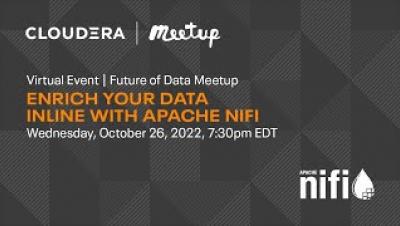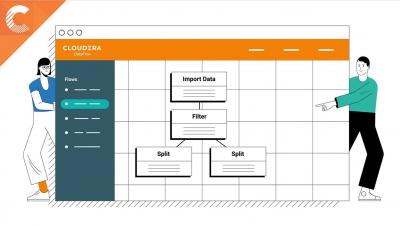Protect Your Assets and Your Reputation in the Cloud
A recent headline in Wired magazine read “Uber Hack’s Devastation Is Just Starting to Reveal Itself.” There is no corporation that wants that headline and the reputational damage and financial loss it may cause. In the case of Uber it was a relatively simple attack using an approach called Multi Factor Authentication (MFA) fatigue. This is when an attacker takes advantage of authentication systems that require account owners to approve a log in.








